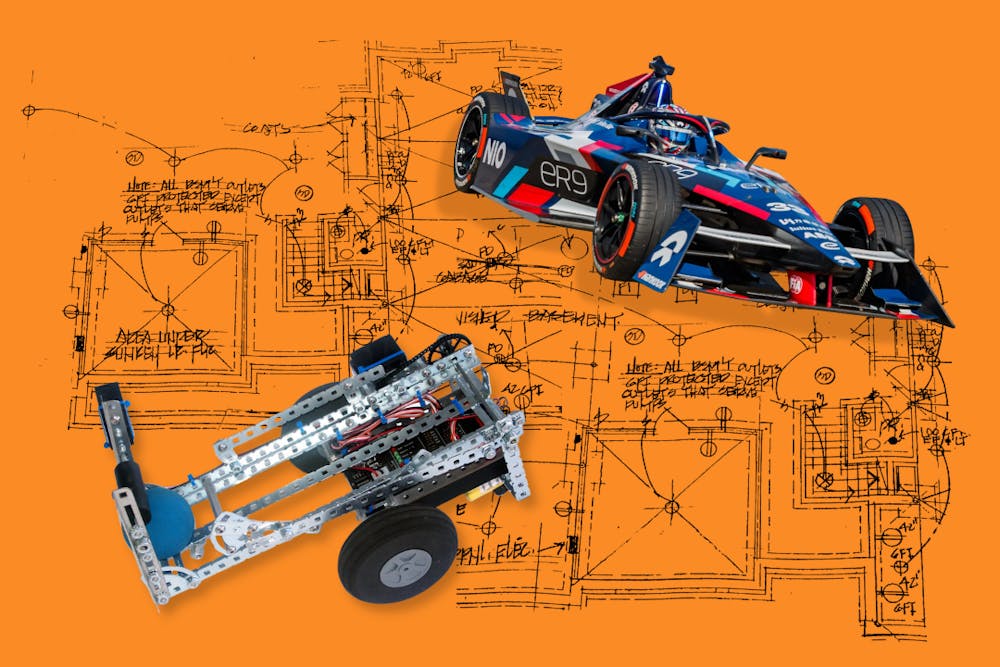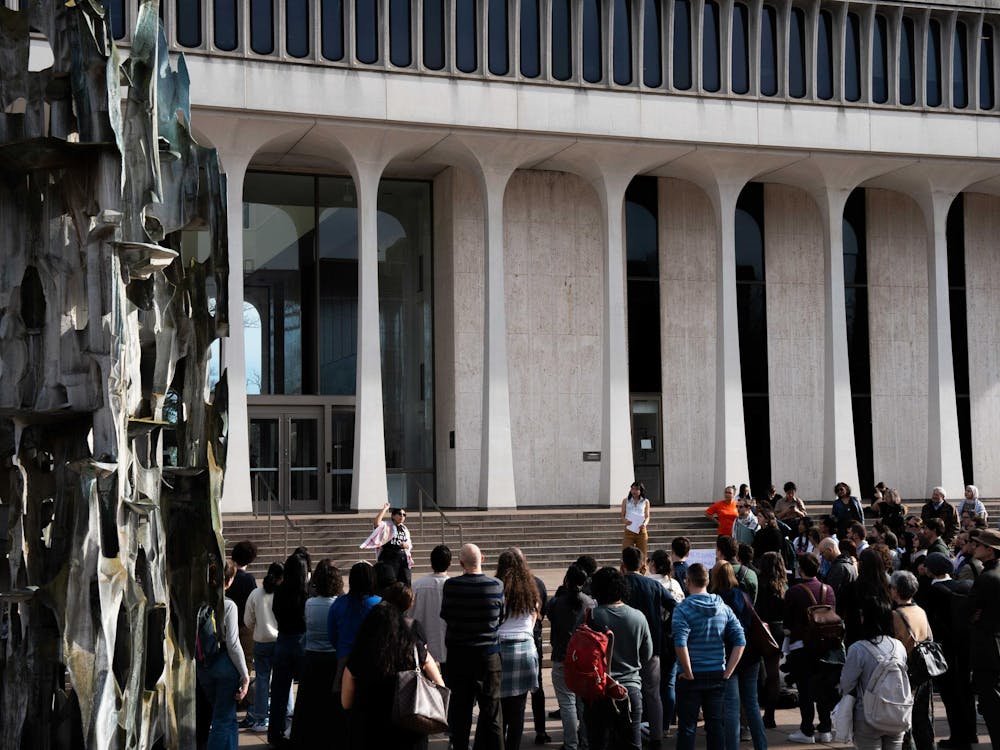When I tell some of my peers that I don’t know what my major will be, I often receive this response: “Don’t worry, you’re still a first-year — you have time to explore.” But do I, really?
At Princeton, prospective B.S.E. majors must declare at the end of their first year — a full year before A.B. students, who declare at the end of their sophomore spring. “Take your first year to explore,” people say. But as an A.B. student strongly considering switching into engineering, I’ve found the process immensely frustrating. To keep the B.S.E. option open, I have to take rigorous prerequisites — like physics and calculus — on top of general distribution requirements. And while these classes can lay a theoretical foundation to engineering, they often offer little insight into what the field as a practice is really like.
But there is a solution to alleviating the woes of prospective engineering majors across this campus: The University should implement a first-year engineering design course that provides exposure to specific fields before students have to declare.
Currently, due to the demands of prerequisites, most engineers have to wait until sophomore fall before they can take a departmental or practical engineering course like Engineering Design (MAE 321). By then, students would have already had to declare a B.S.E. major. At that point, switching from A.B. to B.S.E. becomes not just inconvenient but discouraged: you’re behind on engineering pre-requisites and pressured to make a choice with limited information about the department you will end up joining. The current engineering track forces premature specialization without the empirical insight to make an informed choice.
This isn’t just inefficient — it’s downright discouraging for students like me who genuinely want to explore and not commit blindly. Princeton’s liberal arts ethos encourages breadth and experimentation, yet engineering is treated as an exception to that rule. The absence of an introductory, hands-on design course signals that exploration is welcome everywhere except in the discipline that might need it most.
While certain engineering clubs like Racing Electric and Robotics offer a practice-based approach to engineering, these shouldn’t be the only entry points for students considering the field. Clubs are sometimes competitive and ultimately extracurricular, and thus should not be a substitute for the guided academic experience that classes can offer.
Constructing a general engineering design course could be challenging, given that Princeton’s engineering offerings span majors from Chemical and Biological Engineering to Operations Research and Financial Engineering. But schools like Duke’s Pratt School of Engineering can provide a guide.
Through Pratt’s first-year design program, student teams identify a community-based need, develop engineering design criteria, brainstorm solutions, build and test their ideas, and repeat. The first half of the semester emphasizes defining and researching the problem and selecting a solution. The second half focuses on building, refining, and testing prototypes — an iterative process that teaches creativity and practical engineering skills. Some prototypes that have emerged from this include a weather-resistant residential bridge, a software system for remote tutoring, and a hand-held inhaler for the elderly to self-administer medicine.
Princeton could adopt a similar interdisciplinary model that prioritizes an approach centered on service. A course at Princeton might pair teams with local organizations or campus groups, allowing for stronger partnerships between students and the Princeton community. The School could mobilize the Andlinger Center or the Keller Center, both of which emphasize meaningful societal impact through research and design, alongside the Program for Community-Engaged Scholarship (ProCES), which supports these classroom-community partnerships. Students would be able to choose specific avenues of design aligning with their interests in the School of Engineering and Applied Science, from biomedical devices to operations models.
Such a program would serve Princeton students in several important ways. It would provide meaningful early exposure, especially for students whose high schools lacked engineering programs. It teaches students to weave creativity and ethics into their technical work — exactly the cross-disciplinary blend that Princeton claims to define its engineering program. It would allow undecided students to explore engineering without immediately committing to a full sequence of prerequisites, strengthening Princeton’s liberal arts model rather than undermining it.
The University should give students the chance to make informed academic choices. If Princeton values interdisciplinarity and genuine exploration, then its commitment shouldn’t end when the study of engineering begins.
Emily Zhang ’29 is a contributing Opinion writer for the ‘Prince.’ She is from Poughkeepsie, N.Y., and can be reached at ez5618[at]princeton.edu.









